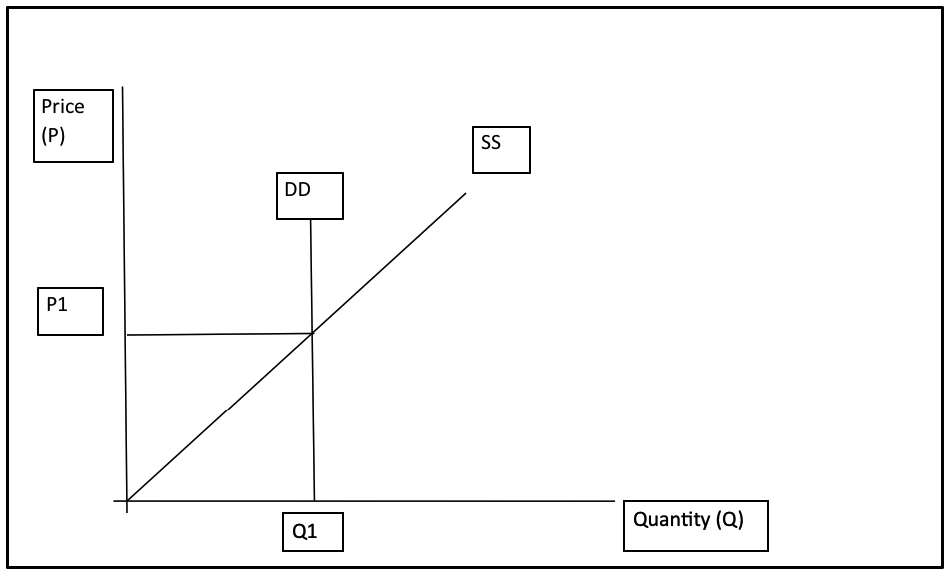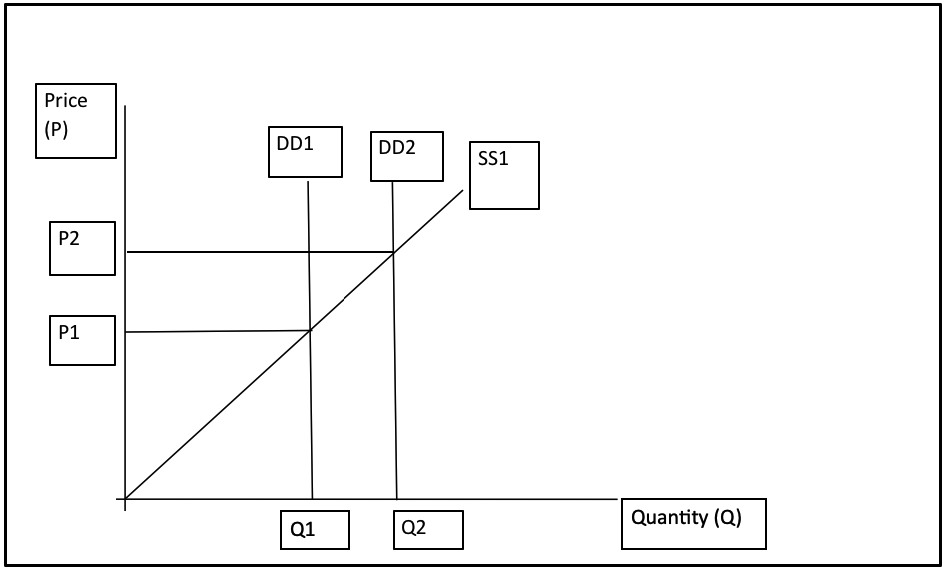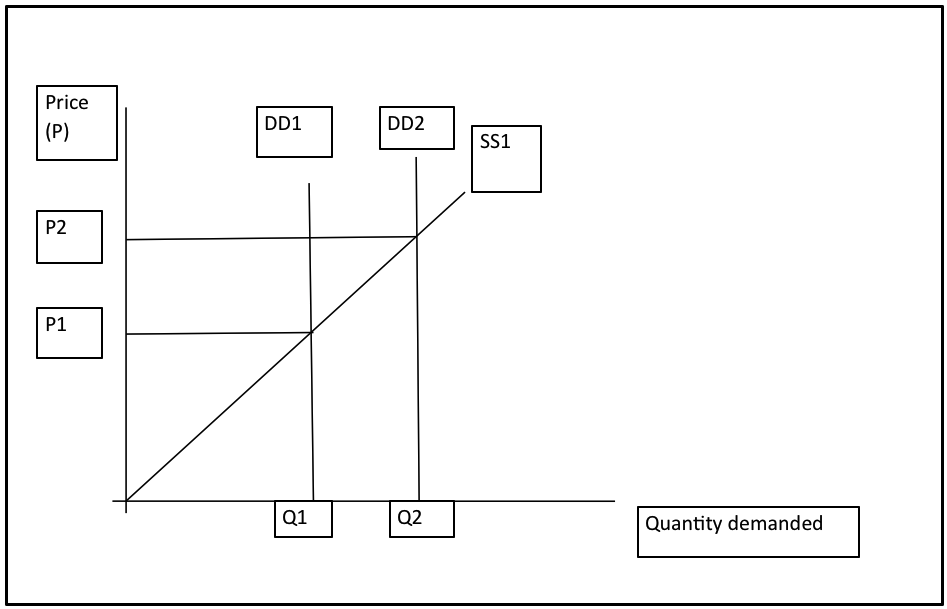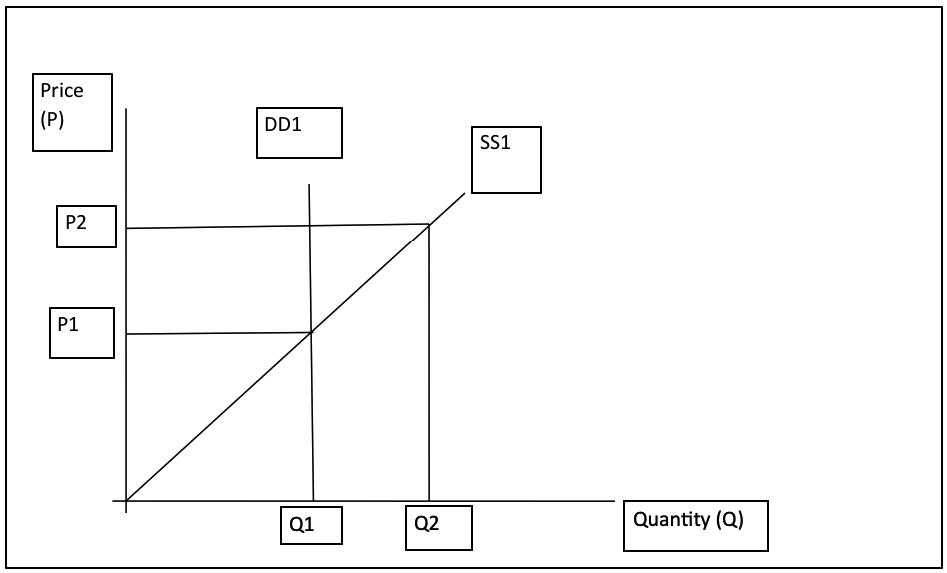Introduction
Demand and supply are the foundation of any economic analysis as the interaction of the two forms a market.
The law of demand and supply works in the divergent ways in the sense that, for a normal good, when the prices of commodities changes, demand and supply will change in opposite direction holding other factors constant.
This will depend on the nature of the goods as forces demand and supply will be dictated by the type of the products in question. For instance, demand or supply of some goods will respond more than changes in price as compared to others.
This brings us to the concept of elasticity of goods. In addition, it is not only price that affects demand and supply of goods, there are other factors that would affect the market such as changes in technology, taste and preferences, favorable climatic conditions and many other factors (Barber 2010).
This paper explores demand, supply and elasticity of tourism products in various conditions.
Elasticity of tourism products
Elasticity measures how the quantity demanded or supplied will change when there are changes in market conditions.
Price elasticity of demand is a measure how the quantity demanded of a good change when the price of the commodity changes (Mankiw 2011). However, this measure of elasticity of demand of a commodity is subject to some inadequacies.
First, it ignores the presence of other related goods in the market such as close substitutes and compliments as changes in prices or demand of these goods would affect the elasticity of the good in question.
It also ignores the type of product in question since necessities and luxuries would have different elasticities. Demand for luxuries do not respond to changes in price.
In addition, this measure overlooks time horizons. Goods tend to be more elastic over a longer period of time. Finally, elasticity depends on how well a market condition is defined (Moon 2013; Bade & Parkin 2009). Goods will tend to be elastic in a more narrowly defined market.
Various studies have been conducted to establish the nature of elasticity of demand for tourism products. The general result is that demand for tourism products is price inelastic, holding other factors constant.
This can be attributed to the fact that tourism products are luxuries and their demand would not be responsive to changes in price. As pointed out earlier, the demand for tourism products stays strong despite high prices in the market.
This would imply that demand for tourism products is perfectly inelastic; the price elasticity would be zero. The demand curve (DD1) will take a vertical shape as shown below. The supply curve (SS1) will take an upwards sloping curve, ceteris paribus, as shown below in figure 1.0.
Figure 1.0: Demand and supply curve for tourism products

Increase in demand of tourism products
An increase in the demand for tourism products will make the demand curve to shift outwards to a new level say DD1 from the original level DD. This outwards shift of the demand curve would exert an upward force on prices, that is, from the original level P1 to the new level P2.
In addition, the increase in prices would cause an outward movement (increase) along the supply curve, as shown in figure 1.1 below. This would imply that more tourism products would have to be supplied to meet the increased demand so as to maintain the market at equilibrium (Adil 2006; Arnold 2008).
Figure 1.1: Demand and supply curve for tourism products when demand increases

From the graph below, it is evident that as demand for the product increases, the price of the product will increase. However, as price increases, the quantity demand will remain the same as shown below.

Decline in supply
A decline in the quantity supplied of the tourism products would cause an inward shift of the supply curve from SS1 to SS2. This shift would make prices to increase from P1 to P2.
There would be no change in quantity demanded as can be seen in figure1. 2 below. This is because the demand for milk is not responsive to the changes in price.
Figure 1.2: Demand and supply curve for tourism products when the quantity supplied decreases

Changes in price of tourism products
In the third scenario, assume that the price of tourism products increases, there will be an outward movement in both the supply and the demand curves as seen in figure 1.3 below, ceteris paribus.
The quantity demanded would remain constant. However, the quantity supplied would increase say from Q1 to Q2 (Saada 2009; Henderson 2004). This creates a condition of disequilibrium in the market as quantity supplies exceeds the quantity demanded.
Figure 1.3: Demand and supply curve for tourism products with an increase in price

Thus, from the graph above, it is evident that the increase in price from P1 to P2 would cause a movement on the demand and supply curve. The quantity demanded will remain constant while quantity supplied will increase. The disequilibrium would cause the prices to fall thus restoring the equilibrium.
A change in national income or household income of consumers increases the quantity of tourism products consumed. It is because there will be an increase in additional income available for consumption (Parkin 2007). The increase in income will cause an outward shift of the demand curve as shown below.
Figure 1.4: Demand and supply curve for tourism products with an increase in income

An increase in the amount of income causes the demand curve to shift from DD1 to DD2. This makes the quantity demanded to increase from Q1 to Q2. The price of the products will also increase from P1 to P2.
Conclusion
In summary, the concept of demand and supply is the key to any economic analysis as demand and supply are the bricks of any equilibrium or market. It is not only prices that affect the market condition of a good. There are other factors such as price of related good, changes in technology among others.
Goods can be classified as normal, inferior, necessities, and luxuries among others (Wessels 2006).
These goods have different equilibrium conditions. In addition, analysis of goods in the market also depend on the responsiveness of the demand or supply of that commodity with respect to changes in the price of that good, price and demand of related goods and changes in other factors such as income.
A market analysis of a commodity is achievable with one or two variables while others are held constant. The demand for tourism products does not change with changes in price. Thus, changes in prices would not affect the quantity demanded (Mankiw 2011).
References
Adil, J. 2006, Supply and demand, Capstone Press, USA.
Arnold, R. 2008, Economics, Cengage learning, USA.
Bade, R. & Parkin, M. 2009, Essential foundations of economics, Pearson Education, United States of America.
Barber, R. 2010, Elasticity, University of Michigan, New York.
Henderson, D. 2004, Supply and demand, Kessinger Publishing, USA.
Mankiw, G. 2011, Principles of economics, Cengage Learning, USA.
Moon, M. 2013, Demand and supply integration: The key to world-class demand forecasting, Pearson Education Inc., USA.
Parkin, M. 2007, Economics, University of Michigan, USA.
Saada, S. 2009, Elasticity: theory and application, Ross Publishing, USA.
Wessels, W. 2006, Economics, Barron’s Educational Series, USA.